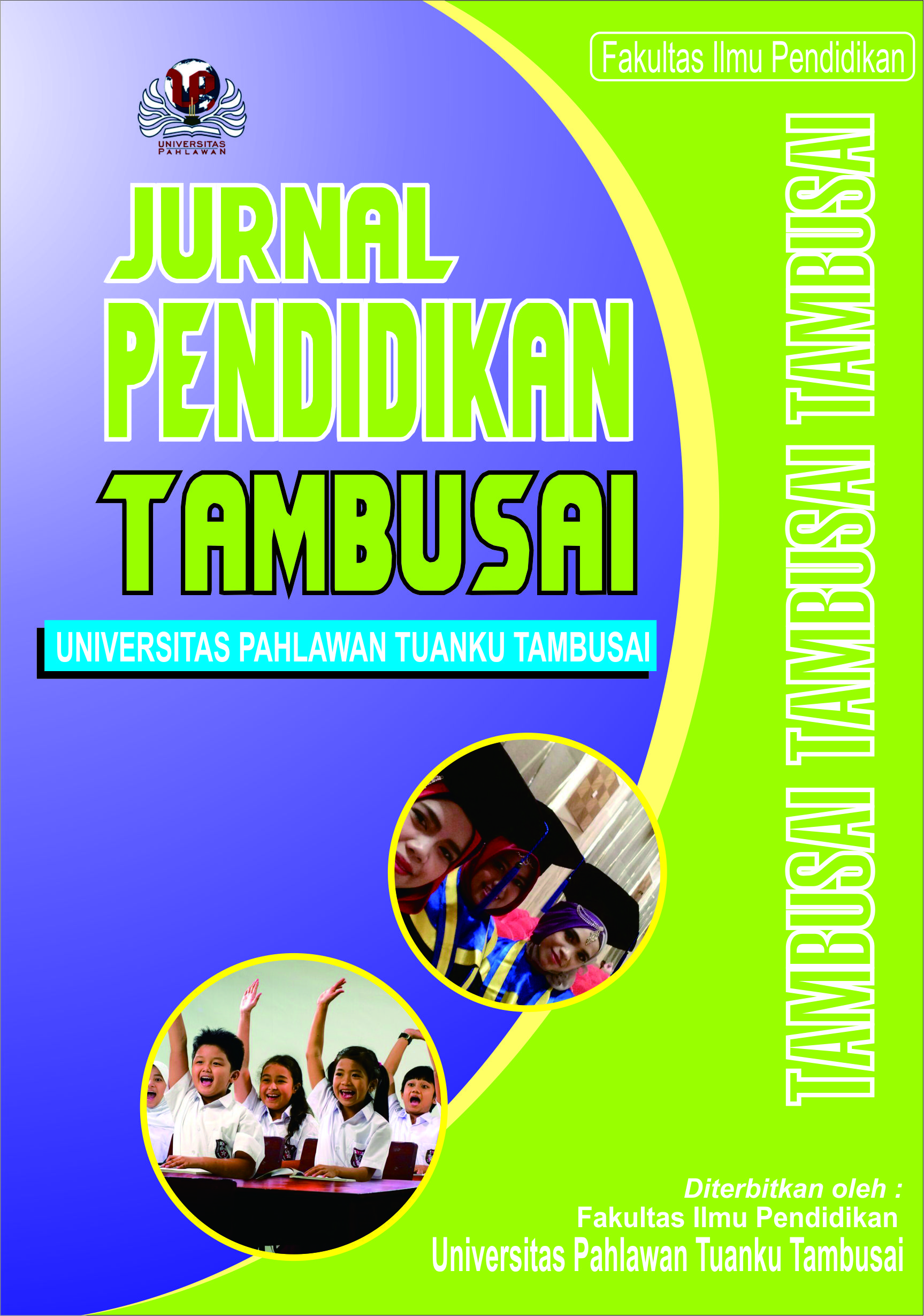Pengaruh Penggunaan Media Techno-Geospatial Terhadap Kemampuan Spatial Thinking Siswa Pada Mata Peajaran Geografi Fase E di SMA Negeri 6 Padang
Keywords:
Spatial Thinking, Techno-Geospatial, Google Earth, Sketchfab 3D, Wind Map, Ina Geoportal, Map TillerAbstract
Pengembangan kemampuan dalam proses pembelajaran sangat penting bagi siswa, salah satunya yaitu kemampuan siswa dalam spatial thinking. Kemampuan spatial thinking dibutuhkan siswa untuk menghadapi berbagai permasalahan dan tantangan abad 21. Para guru juga dituntut harus bisa menggunakan media pembelajaran yang berbasis teknologi pada saat ini. Penelitian ini bertujuan untuk mengetahui pengaruh penggunaan media techno-geospatial sebagai media pembelajaran terhadap kemampuan spatial thinking siswa geografi Fase E di SMA Negeri 6 Padang. Penelitian ini menggunakan metode kuantitatif dengan jenis penelitian Quasi Eksperimental Design. Kemampuan spatial thinking diukur berdasarkan indikator spatial thinking menurut Association of American Geographers (AAG) yang terdiri dari Comparison, Aura, Region, Hierarchy, Transition, Analogy, Pattern dan Association. Techno-Geospatial yang digunakan dalam penelitian ini adalah google earth, sketchfab 3d, wind map, ina geoportal dan map tiller. Data dikumpulkan menggunakan tes pretest, posttest, dan respon siswa. Hasil tes dianalisis menggunakan IBM SPSS dan respon siswa menggunakan analisis deskriptif. Hasil uji statistik dengan bantuan IBM SPSS menunjukkan nilai signifikansi (Sig.) sebesar 0,001 < 0,050. Ini dapat disimpulkan bahwa Ha diterima dan Ho ditolak. Berarti terdapat pengaruh terhadap penggunaan media techno-geospatial terhadap kemampuan spatial thinking siswa pada mata pelajaran geografi Fase E di SMA Negeri 6 Padang.
Downloads
Published
How to Cite
Issue
Section
Citation Check
License
Copyright (c) 2024 Adinda Dwi Vallentiza, Bayu Wijayanto

This work is licensed under a Creative Commons Attribution-ShareAlike 4.0 International License.
Authors who publish with this journal agree to the following terms:
- Authors retain copyright and grant the journal right of first publication with the work simultaneously licensed under a Creative Commons Attribution License that allows others to share the work with an acknowledgement of the work’s authorship and initial publication in this journal.
- Authors are able to enter into separate, additional contractual arrangements for the non-exclusive distribution of the journal’s published version of the work (e.g., post it to an institutional repository or publish it in a book), with an acknowledgement of its initial publication in this journal.
- Authors are permitted and encouraged to post their work online (e.g., in institutional repositories or on their website) prior to and during the submission process, as it can lead to productive exchanges, as well as earlier and greater citation of published work (See The Effect of Open Access).



